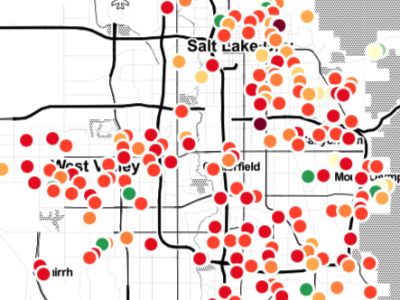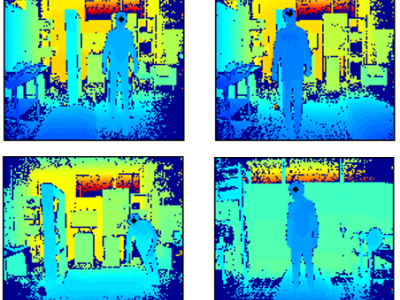University of Utah AirU Pollution Monitoring Network - Salt Lake City UT - 2019-07-26 - 2021-05-14

- Citation Author(s):
-
Thomas Becnel (University of Utah)Kerry Kelly (University of Utah)Pierre-Emmanuel Gaillardon (University of Utah)
- Submitted by:
- Thomas Becnel
- Last updated:
- DOI:
- 10.21227/aeh2-a413
- Data Format:
- Links:
Abstract
The proliferation of efficient edge computing has enabled a paradigm shift of how we monitor and interpret urban air quality. Coupled with the dense spatiotemporal resolution realized from large-scale wireless sensor networks, we can achieve highly accurate realtime local inference of airborne pollutants. In this paper, we introduce a novel Deep Neural Network architecture targeted at latent time-series regression tasks from continuous, exogenous sensor measurements, based on the Transformer encoder scheme and designed for deployment on low-cost power-efficient edge processors. We demonstrate the state-of-the-art performance of our technique by inferring ppb-level latent hourly tropospheric ozone concentrations and finally materialize our approach by deploying it on an Internet of Things (IoT) pollution monitoring sensor network to collect multiple environmental parameters and perform realtime local ozone inference directly on the IoT nodes.
Instructions:
The dataset is in a simple CSV format, though it can be restrictively large to view in Microsoft Excel for some constrained devices.
If using Python and Pandas, the data file can easily be loaded into a DataFrame. These are the lines we generally use:
df = pandas.read_csv("data.csv", index_col=0)
df.index = pandas.to_datetime(df.index)
 1279 views
1279 views








